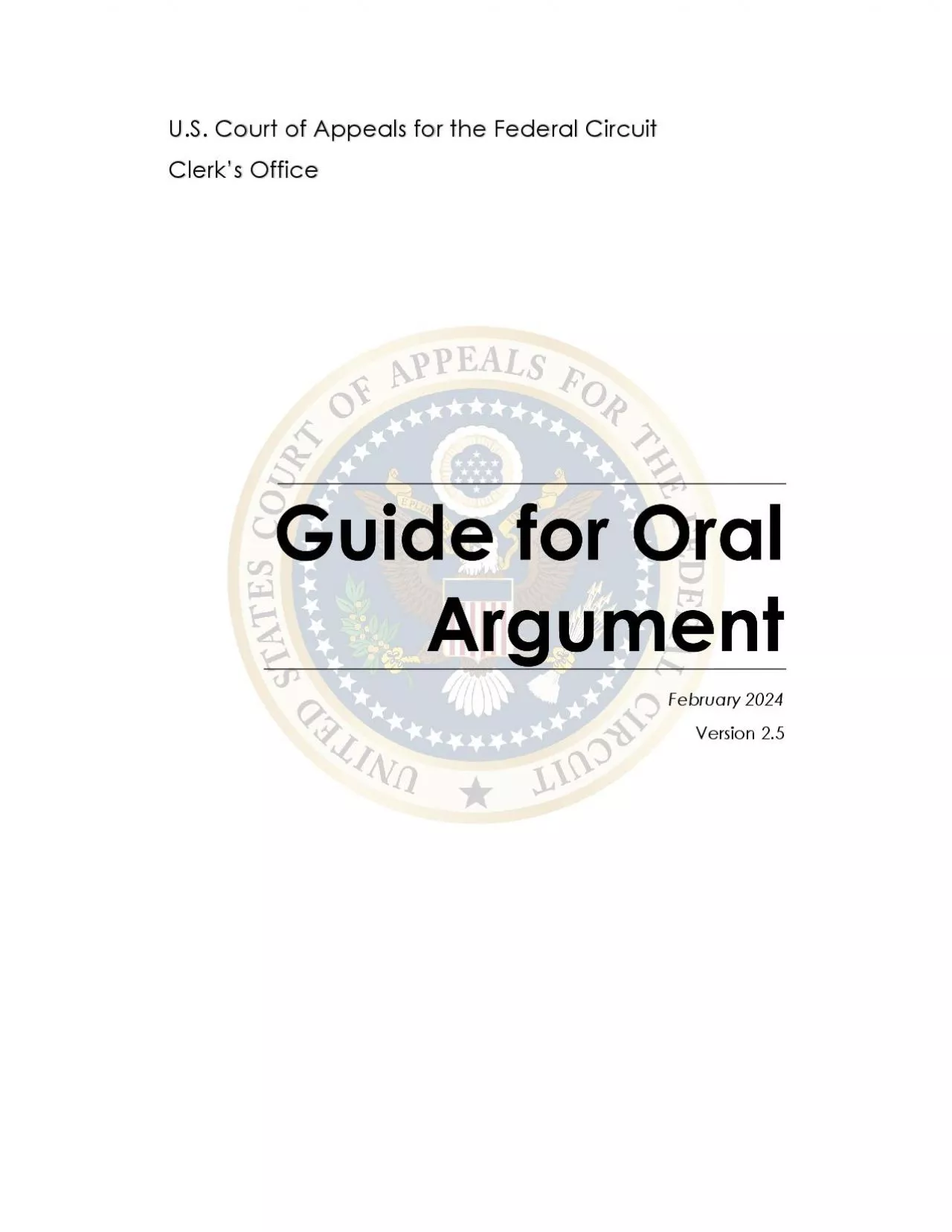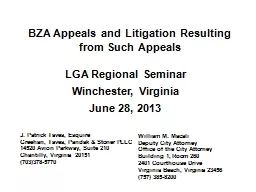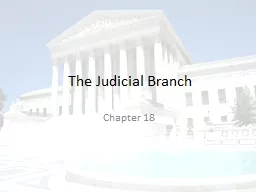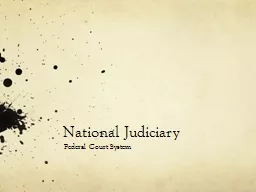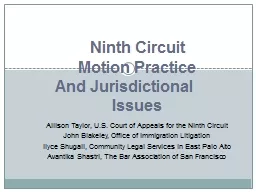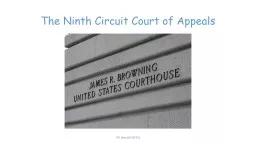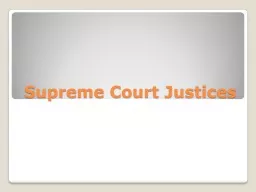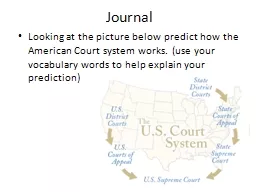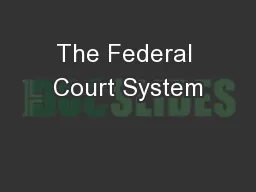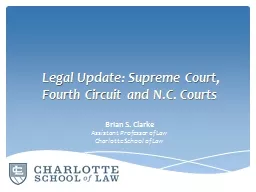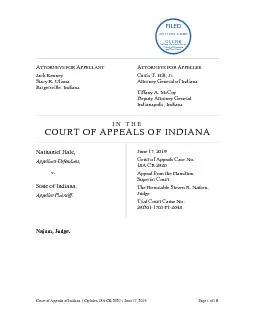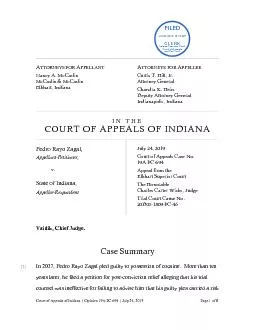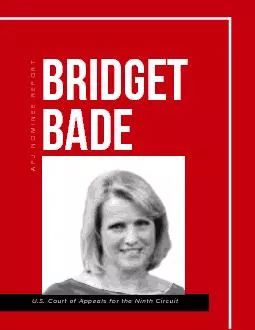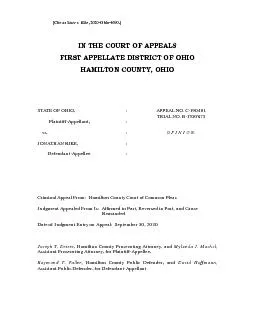PDF-US Court of Appeals for the Federal Circuit
Author : naomi | Published Date : 2021-10-03
Clerk146s OfficeJanuaryVersion USOURT OF PPEALS FOR THE EDERAL IRCUITGuide for Oral ArgumentLERKFFICEJanuary202Version 2Page Table of ContentsIntroductionScreening
Presentation Embed Code
Download Presentation
Download Presentation The PPT/PDF document "US Court of Appeals for the Federal Circ..." is the property of its rightful owner. Permission is granted to download and print the materials on this website for personal, non-commercial use only, and to display it on your personal computer provided you do not modify the materials and that you retain all copyright notices contained in the materials. By downloading content from our website, you accept the terms of this agreement.
US Court of Appeals for the Federal Circuit: Transcript
Download Rules Of Document
"US Court of Appeals for the Federal Circuit"The content belongs to its owner. You may download and print it for personal use, without modification, and keep all copyright notices. By downloading, you agree to these terms.
Related Documents

